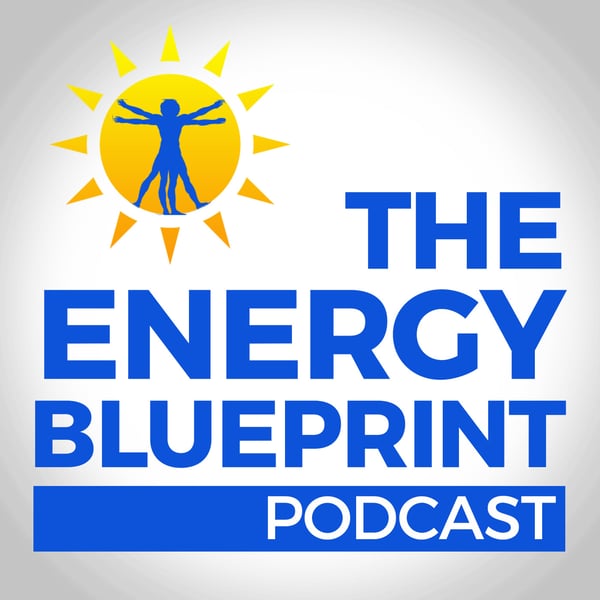Digging deeper into the nuances of photobiomodulation | part 2 with Tom Kerber
The Energy Blueprint Podcast
Ari Whitten
4.7 • 751 Ratings
🗓️ 14 December 2024
⏱️ 94 minutes
🧾️ Download transcript
Summary
12In this episode, I’m continuing my conversation with Tom Kerber, an engineer with a great deal of knowledge and experience in the field of photobiomodulation (aka modifying biology with light).
Be sure to listen to part 1 if you haven’t already!
Two decades ago, Tom shifted his career from electronic to LED device development, and since then, he’s been creating sophisticated tools and equipment to help us better understand the penetration depth of red and near-infrared light.
In our conversation today, Tom and I dig even deeper into the controversies and science surrounding red and near-infrared light therapy, particularly the nanometer range needed to truly penetrate our tissues and experience a therapeutic dose of light inside our bodies.
Transcript
Click on a timestamp to play from that location
| 0:00.0 | Hey, this is Ari. Welcome to the Energy Blueprint Podcast. |
| 0:10.0 | In this episode, I'm speaking with Tom Kerber, who is the founder of a company called Sun Power |
| 0:17.4 | LED, which makes a number of really interesting devices for photo biomodulation |
| 0:22.9 | for red and near infrared light therapy. And I saw a presentation that Tom gave at the London |
| 0:31.2 | conference that happened recently for photobiomodulation. That's another term for how light affects biology and generally is hugely |
| 0:40.7 | overlapping with red and near infrared light therapy, though is technically more expansive than that. |
| 0:46.8 | So there was a big conference in London recently, and Tom, who I'd never heard of before, |
| 0:52.3 | did a presentation there that was uniquely exciting |
| 0:58.0 | for me. |
| 0:59.0 | And the reason why is that he, with his extensive background, not only in the engineering |
| 1:04.0 | side of devices, but also for testing these types of devices, he utilized that knowledge to basically do a series of, a long-running, |
| 1:15.7 | I think, series of experiments on the penetration depth of different types of devices, lasers, |
| 1:23.4 | LED devices, different wavelengths, red near-infrared wavelengths. And this is a hugely important |
| 1:33.0 | area in the overall field of photobiomodulation because there's a whole sort of mess of |
| 1:40.8 | unknowns and very contentious stuff that many people have different perspectives on. |
| 1:47.0 | And the real problem with it is that we just don't have really good data on penetration depth |
| 1:53.0 | of different types of light, different erradiences or intensity, sort of power output of the light. There's other factors that go into this as well, |
| 2:05.3 | as far as beam angle and the degree to which the light is colomated, like in the context of lasers |
| 2:13.5 | versus LEDs, the way that different light beams can potentially overlap with one another, |
| 2:20.3 | the degree to which different wavelengths of light penetrate the tissue to different depths. |
| 2:26.3 | You know, there's really all of these sort of question marks that just looking at the body of evidence, |
| 2:32.3 | we don't really have great answers to. And without |
... |
Please login to see the full transcript.
Disclaimer: The podcast and artwork embedded on this page are from Ari Whitten, and are the property of its owner and not affiliated with or endorsed by Tapesearch.
Generated transcripts are the property of Ari Whitten and are distributed freely under the Fair Use doctrine. Transcripts generated by Tapesearch are not guaranteed to be accurate.
Copyright © Tapesearch 2025.

